Fly-fishing used to be a particularly stodgy affair. That was true also regarding the names of flies; they were either named after their inventor or given an unimaginative moniker based on what they imitated. Fortunately, that has all changed as new generations have picked up the long wand and injected a sense of counterculture to the stuffy trappings. The following fly fishing flies have names that certainly don’t stand on ceremony, but they are all effective.
Del’s Merkin
Del’s Merkin, a simple-to-tie but highly effective crab fly, was a boon to permit fishermen. When the body of the fly is tied in over the hook, it bears more than a passing resemblance to the pubic wig it was named after. While the Oxford Companion to the Body places the origin of the pubic wig somewhere around 1450, Del Brown didn’t develop his Merkin until the 1980s. Since then, it has probably accounted for more fly-caught permit than any other pattern. Though it was designed with permit in mind, its realistic crustacean-like movement makes it an excellent searching pattern for striped bass on the flats.
Barr’s Meat Whistle
Conventional bass fishermen have the jig ’n’ pig, and flyrodders have Barr’s Meat Whistle. This unique fly uses a 90-degree jig hook as the chassis, letting it hop over boulders and snake through weed beds without hanging up, just like the classic lure that it takes its design cues from. And like the lure, it is absolutely deadly on bass. The Meat Whistle can be stripped back quickly, but it excels when hopped and dropped, allowing the fly-rod jig to free-fall slowly back to the bottom. Though it was created with bass in mind, trout anglers have found the slow falling action irresistible to salmonids as well.
Montreal Whore
Carrie Stevens’ flies are most closely associated with the Rangeley region of Maine and its outsized brook trout and landlocked Atlantic salmon. But her flies aren’t the only regional favorites that have endured. One such fly is the Montreal Whore, a simple but gaudy streamer that takes landlocks as well today as it did nearly 100 years ago. Though the name probably aided the Whore’s popularity, it made highbrow retailers somewhat uncomfortable. L.L. Bean referred to the fly as the “Montreal Floozy” in its catalogs, while other outfits called it the Courtesan. Whatever you call it, it works.
Fly Formerly Known as Prince
The Prince nymph has been catching trout, panfish, and just about everything else that eats aquatic invertebrates since it was developed in the late 1930s or early 1940s. Doug Prince, a fly angler out of Monterey, California, modified one of his earlier patterns with a peacock herl body, a soft hackle collar, and wings and tail constructed of goose biots. The pattern became a favorite of anglers across the globe. But like Prince, the greatest guitar player of our time (sorry Slowhand), things get better — and weirder — over time. The Fly Formerly Known as Prince updates the original with a wing built of holographic tinsel. The new pattern works well to imitate a stonefly nymph, but the added flash of the new wing material makes it an excellent attractor pattern.
Hippie Stomper
The Humpy is one of my favorite patterns, perfect for backcountry ponds loaded with caddis flies and hungry brook trout. But the deer hair that makes up the bulk of the fly loses buoyancy when soaked, which happens quickly when it’s chewed. The Hippie Stomper is an updated version of the classic attractor pattern, constructed with foam that ensures it stays on top no matter how many times it gets eaten. The name doesn’t come from a bar fight in a David Allan Coe song, but rather from a friend of Andrew Grillos, the fly’s inventor:
“The fly’s name came from something that I heard my friend Chris Mortimer, of Gunnison River Pro, saying to his clients one day. His anglers for the day were relative beginners and they were asking him what the best way to release a fish was if they actually caught one. His joking response and the look on their face was priceless. He told them to ‘drag the fish up on the sand, give it the old hippie stomp, yank the hook out, and kick it back to the water.’ Of course he gave a real explanation after, but I thought the phrase Hippie Stomper would be a perfect name for a fly.”
Drunk & Disorderly
Lynch’s Drunk & Disorderly gets its name from the erratic swimming action it produces when dredged through the water column. The combination of the sloped deer hair head and the 60-degree jig hook deliver an underwater performance that is more Rapala than fly. When stripped, the meaty fly resembles a large, injured baitfish — a morsel too big for leviathan trout to resist. Lynch developed the fly for big browns, but it works as well on just about every trout of bragging proportions. Despite the outsized action, the Drunk & Disorderly remains fairly easy to cast because it doesn’t rely on weight to achieve its deadly motions.
Galloup’s Sex Dungeon
Gear fishermen live by the maxim of big bait, big fish. But that wisdom never really made it to the fly world until some innovative fly-tiers began twisting up massive articulated streamers. Kelly Galloup is a master of the unconventional, and the Sex Dungeon is a testament to that. The bulky head pushes plenty of water to get fish’s attention from a distance, and the big silhouette seals the deal. Some versions of the Sex Dungeon stretch the tape to 7 inches, providing behemoth rainbows and other predators a meal they can’t pass up.
Craven’s Two Bit Hooker
Swift currents require a fly that gets down in a hurry, and that’s exactly what Craven’s Two Bit Hooker does. The fly utilizes a pair of tungsten beads (the “two bits”) to add plenty of weight while keeping the profile slender, slicing through the water column. This Hooker really comes into its own in fast rivers with healthy mayfly populations, especially Baetis species. It was originally designed for dry-dropper work, but it also excels as the anchor in a two-fly team.
Ray Charles Sowbug
The Ray Charles Sowbug is a favorite on the Bighorn, but it catches fish anywhere you find sowbugs or small scuds. Legend dictates that it’s known as the Ray Charles because it’s so effective that a blind man can catch fish with it. It can be fished on its own, but it is especially effective when used in conjunction with a weighted nymph. Like most great flies, it utilizes only a few materials and is simple to tie. Make sure to twist a few up before you hit your favorite tailwater.

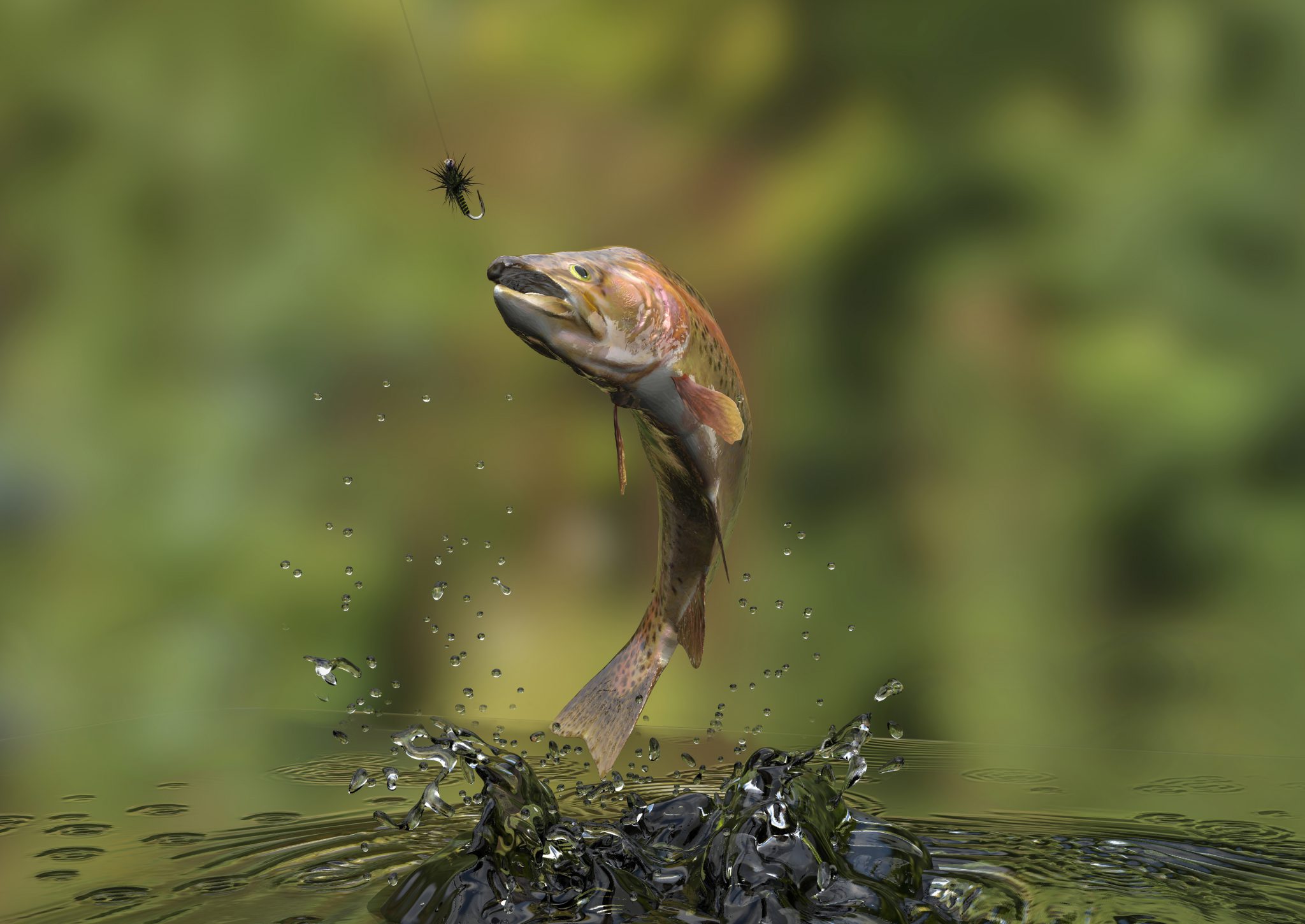
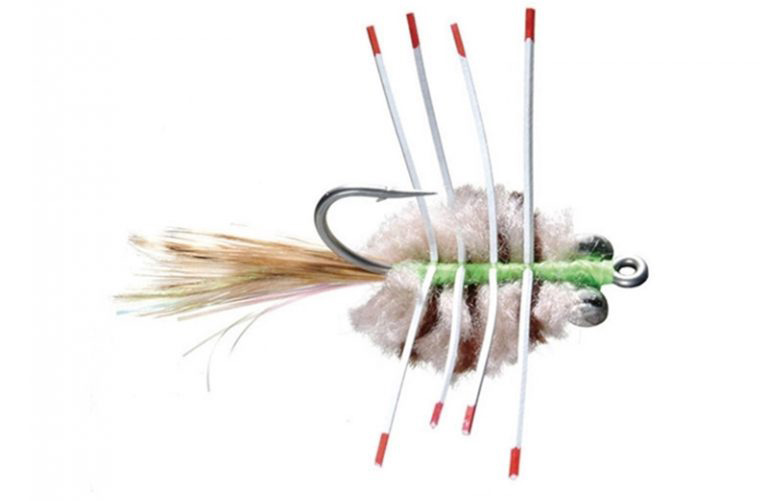

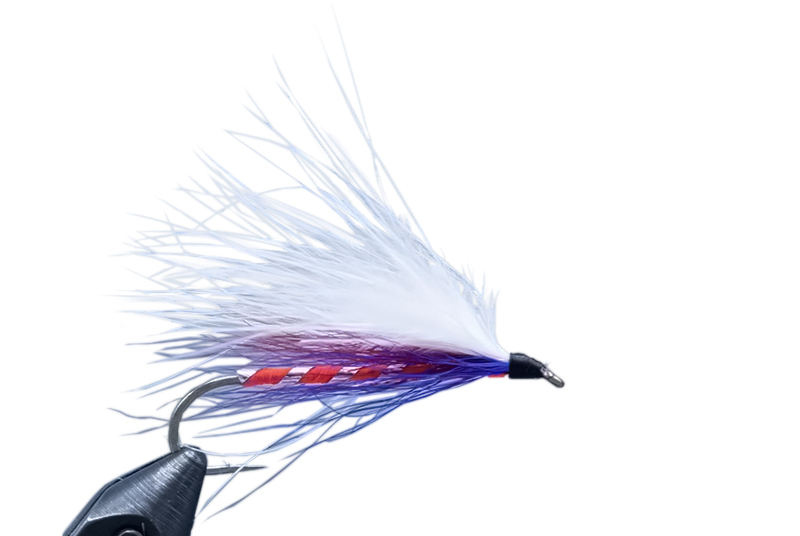

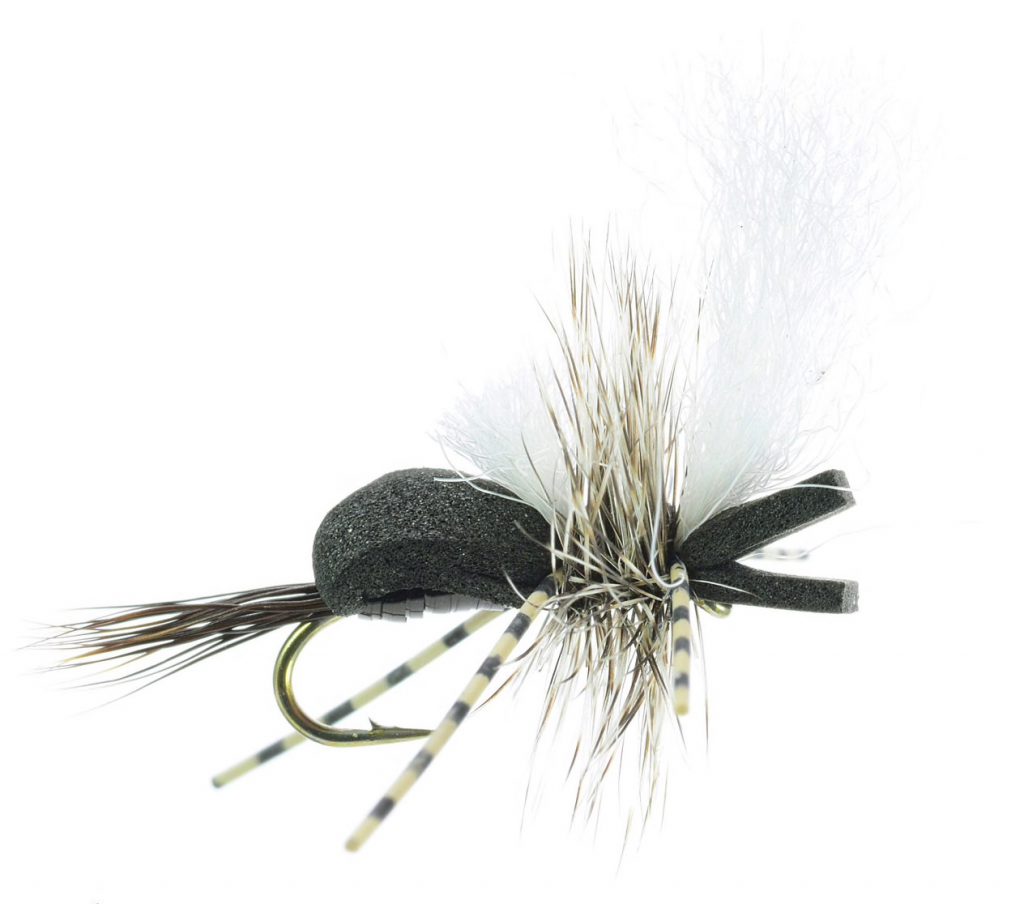
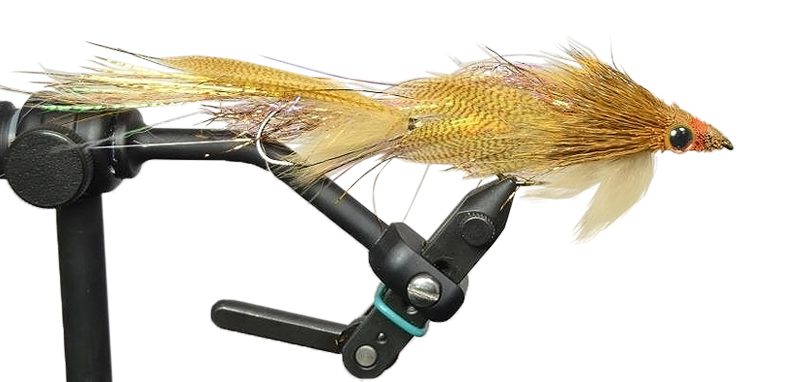

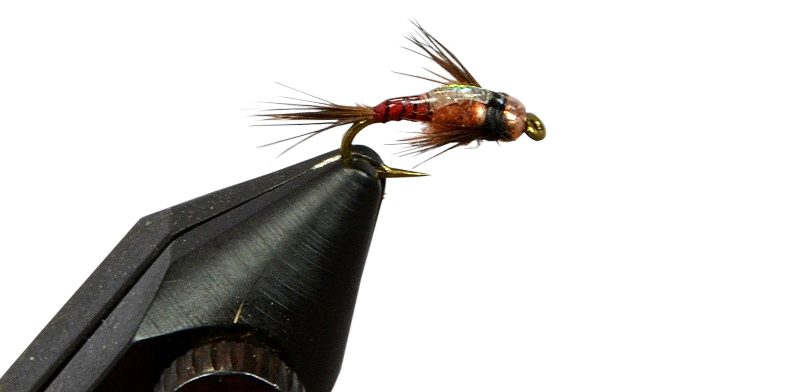
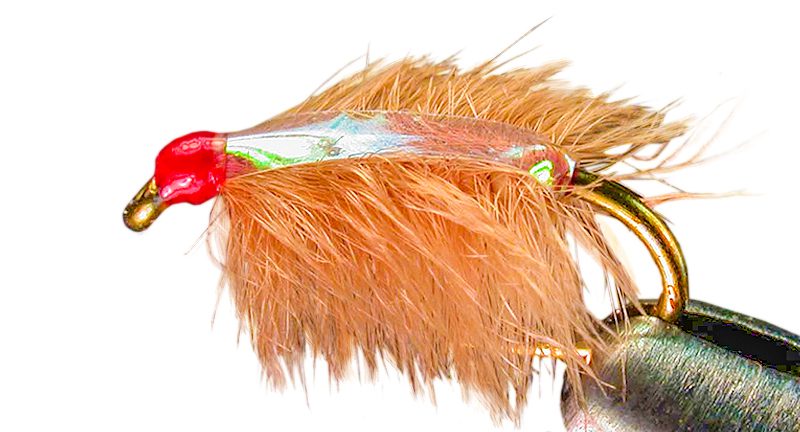

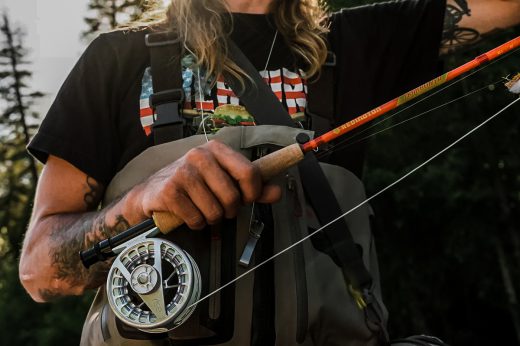
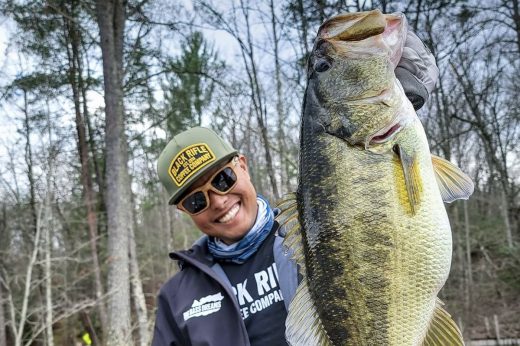
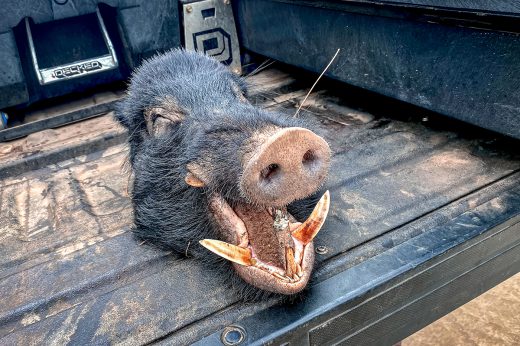


Comments